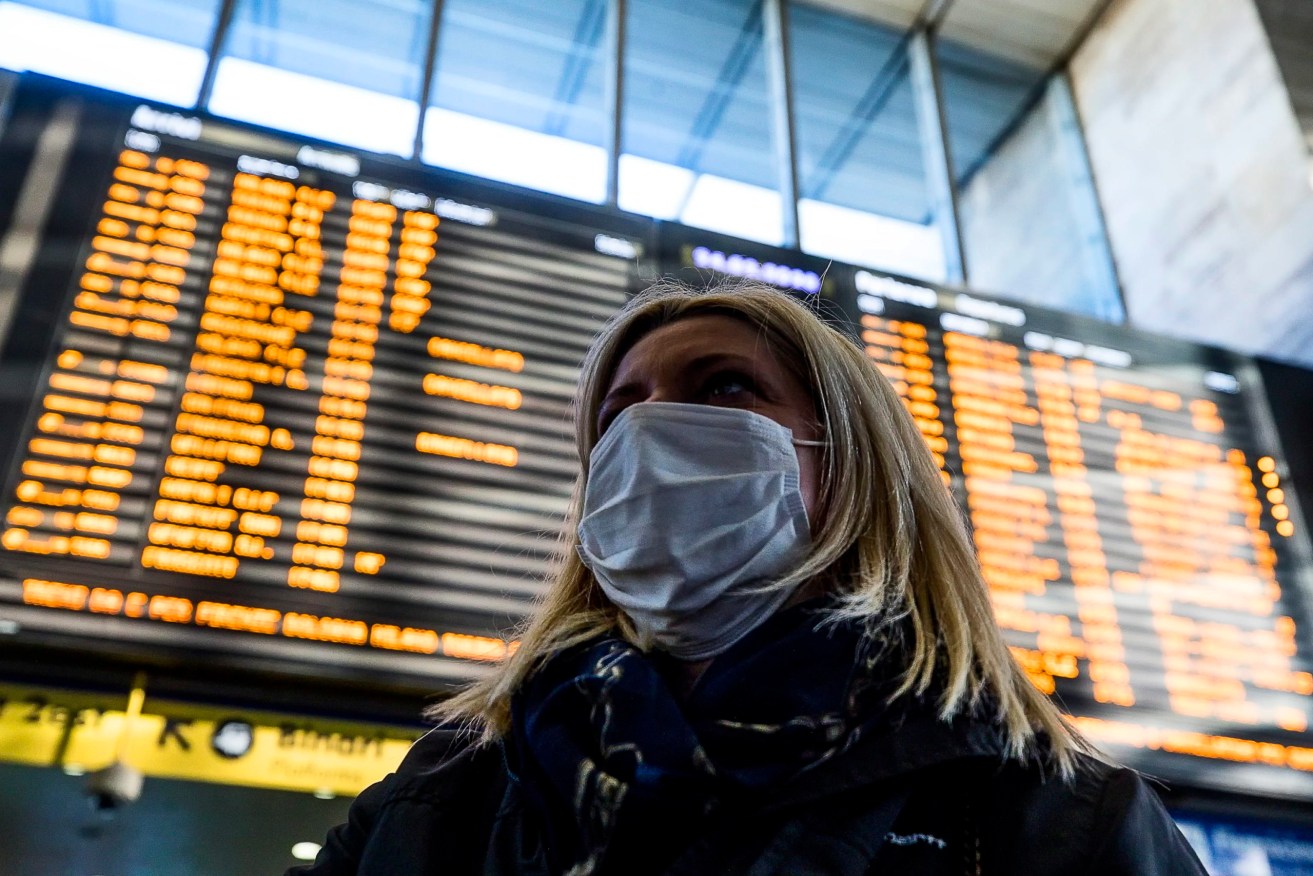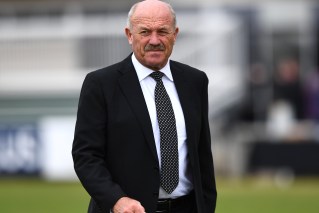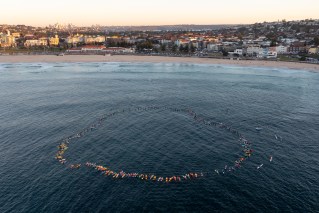What does a pandemic look like – and how might our lives change?
Major events could be abandoned, public places left empty and people urged to take extraordinary measures if the novel coronavirus continues its spread towards a pandemic.

(Photo: EPA/ANGELO CARCONI)
With Chinese flight restrictions already impacting on Queensland tourism operators and retailers, along with trade generally, the declaration of a pandemic would cause further economic disruption.
However, internet-based businesses such as food delivery services and online retailers may benefit if more workers and customers seek to isolate themselves. That is the biggest change to daily life since Australia last experienced a major pandemic in 1968 and could help soften the blow.
Universities have already delayed some classes and introduced online lessons to help thousands of international students stranded or delayed overseas. But even if restrictions are eased to allow their return, the measures imposed in a pandemic could see physical classes cancelled.
So far, Australia has had 15 cases of the novel coronavirus that originated in Hubei province, while seven Australians were infected on the Diamond Princess cruise ship. There has been no local transmission. Those numbers are low compared to other countries but experts fear a pandemic is inevitable, as the virus SARS-CoV-2 leads to more people in more countries developing the disease COVID-19.
The last time Australia experienced a pandemic was in 2009 after the swine flu outbreak, however Professor Nigel McMillan from Menzies Health Institute Queensland said the 1968 influenza pandemic was a better point of comparison.
Much has changed in the decades since, however, with health authorities now able to respond, and be seen to respond, in real time. More data is being shared, although any vaccine is still likely months away.
McMillan said a pandemic would shift attention from containing the outbreak, through travel restrictions, to limiting its spread through the use of fever clinics, more vigilance in the health system, and simply by encouraging people to wash their hands.
“But if this thing went big, we would want people to start practicing social isolation, and the government might want to think about urging people to minimise contact with each other,” McMillan said.
Government pandemic plans give the option of school and workplace closures and encouraging people to avoid mass gatherings, but note the need to balance the potential health benefits with the economic and social impacts. Globally, the Tokyo Olympics are in the spotlight.
In 2009, a Queensland health official briefly called for the stockpiling of food, before downplaying the need to do so. McMillan said the impact on supply chains, businesses, schools and universities remained to be seen, but he believed the internet allowed people greater flexibility.
“Back in 1968, we didn’t have home delivery of groceries and meals, we didn’t have working from home and video conferencing, so in that respect we’re actually in a better position to cope with the worst scenarios,” he said.
Prime Minister Scott Morrison today said authorities had sought to protect and reassure the public.
“We understand very much the anxieties and the concerns and indeed the fears that people have in relation to the coronavirus,” Morrison said.
Flanked by the federal treasurer and health minister, Morrison said he was also “very mindful” of economic impacts but believed the domestic economy was resilient.
“This is not like a global financial crisis, this is a global health crisis” that is “putting up walls and blockages” on trade and travel routes, he said.
With pandemic plans ready, health ministers will this week discuss the flight restrictions and whether to allow faster entry by certain people, such as Chinese students, who have not been in Hubei province.
Chief Medical Officer, Professor Brendan Murphy, was adamant “nobody’s going to let anyone come into Australia from Hubei province”.
“But if the epidemiology in those other provinces of China suggests that the risk is low, that’s something government could consider, but again, it’s something we will consider on a case by case basis, and I can’t make any predictions on how likely or otherwise it will be,” Murphy said on Monday.
McMillan said he expected the novel coronavirus to eventually be treated like any other illness: dealt with in a vaccine and more a threat to older people and health workers who are at risk of spreading it to vulnerable patients.
“This will just become another virus, a common cold virus, that we have to deal with,” he said.
“Let’s not forget 1300 Australians died last year from flu and some people still don’t get the flu vaccine.”












